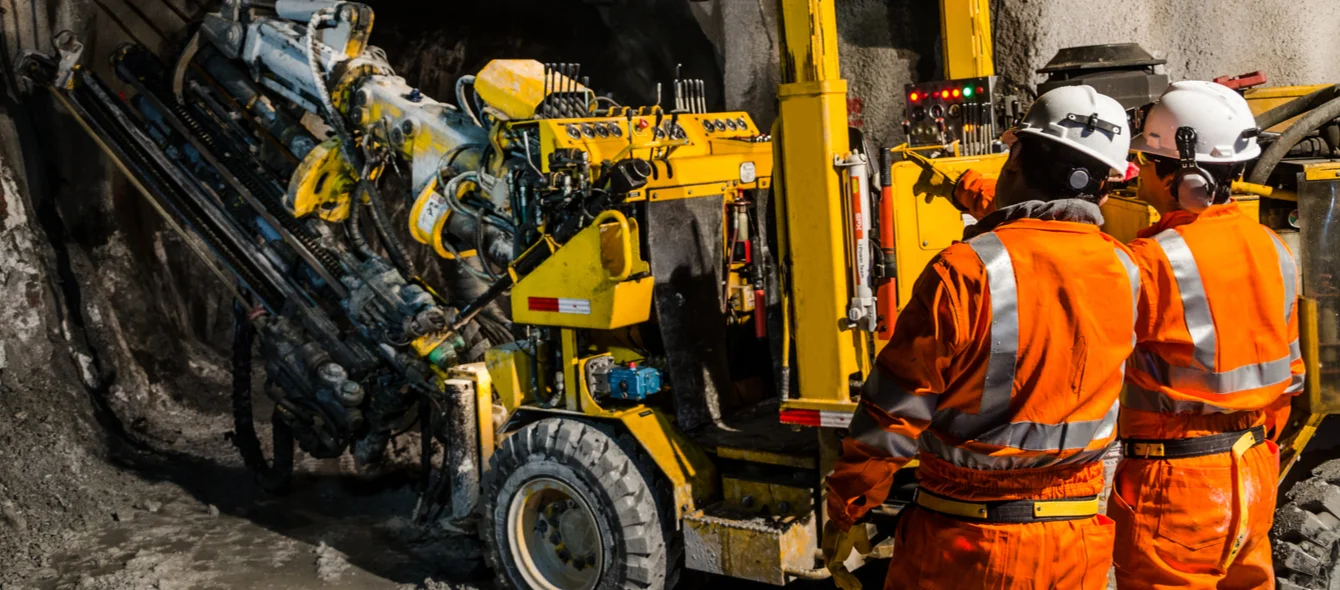Lithium is paramount to electromobility, as it is essential for batteries. This explains why demand for this extremely rare natural resource has risen enormously, driving up prices for it commensurately. The price of lithium carbonate, the compound as which lithium is usually traded on the world market, has risen from 6,000 US dollars per metric ton in 2015 to roughly 13,000 US dollars today.
The 2020s are predicted to be the decade of lithium. According to Deutsche Bank, demand for this natural resource could increase to over 500,000 metric tons in 2025 from nearly 200,000 metric tons in 2016. New sources of lithium are being sought the world over, with Germany among the countries of focus.
Lithium is a key element of modern disposable and rechargeable batteries. It is the lightest metal in the world and is not renewable. Lithium is used to produce aluminium, glass, ceramics and rechargeable batteries. Lithium batteries are lighter and have longer lives than their predecessors, explaining why the raw material has gained dramatically in significance. Lithium batteries are used in cameras, laptops, smartphones, e-bikes and other devices. Demand for the natural resource has risen substantially since the auto industry started manufacturing electric vehicles powered by lithium-ion batteries.
Lithium is primarily extracted from salt water in groundwater or salt lakes through evaporation. Only rarely are rocks obtained in opencast mines. Chile has the world’s largest known lithium reserves, amounting to 8 million metric tons. This puts the South American country ahead of Australia (2.7 million metric tons), Argentina (2 million metric tons) and China (1 million metric tons).
The largest lithium deposits can be found in what is known as the Lithium Triangle formed by Bolivia, Argentina and Chile, an area thought to hold around 55 percent of the world’s reserves. The salt lakes of the Atacama Desert form a vast lithium reservoir. The brine of the mineral-rich groundwater is pumped into the basin for evaporation. Taking multiple evaporation steps leads to the required lithium concentration. This is how roughly 21,000 metric tons of lithium carbonate are produced in Chile every year, ready for further processing.
Mining lithium in the South American Lithium Triangle has many drawbacks for the environment. Groundwater levels are lowered continuously, and the areas dry out and destroy the basis of human and animal livelihood. The artificial dewatering puts entire ecosystems in jeopardy, prompting uproar from environmental activists time and again. Lithium production in Germany complying with European guidelines and environmental regulations could be more sustainable and environmentally friendly.
Europe assumed to have the biggest deposits
Mining is a tradition in the Ore Mountains of Saxony. As everywhere else in Germany, the era of mining has ended and pits have been shuttered. But now, this era could continue, as Europe’s largest lithium deposits are assumed to lie beneath Germany’s border to the Czech Republic.
During the last ten years, geologists and chemists from the Freiberg Mining Academy have worked with the mining company Deutsche Lithium GmbH to extract samples, examine the soil and start a research project. They predict that the mountains are home to 125,000 metric tons of lithium metal. This would yield about 660,000 metric tons of lithium carbonate. “This would be enough to equip about 20 million vehicles with batteries – and that’s something,” declared Armin Müller, Managing Director of Deutsche Lithium AG, in an interview with Deutschlandfunk.
The feasibility study for the pit in the Ore Mountains was completed in 2019. Financing is being put together and partners are being sought. If everything goes according to plan, the operators could start building a huge ramp descending underground. This would take approximately 24 months, enabling the coveted lithium-containing ore to be mined starting in early 2023.
Countries with the largest lithium reserves on earth (in 1,000 tons)
Source: Statista (2018)The pros of mining
Extracting the lithium carbonate required to make batteries requires several steps to be taken. According to Deutsche Lithium AG, doing this in the Ore Mountains would be fairly straightforward, and it would not alter the landscape. The natural resource would be extracted underground, requiring only the ore to be transported.
Freiberg Technical University has developed a method for extracting the lithium carbonate. The ore is ground and passed over a magnetic switch that separates the ore from the quartz. The next step entails mixing the ground ore with gypsum and limestone and heating the mixture to 1,000 degrees. This produces small spheres from which lithium carbonate can be extracted by adding water and carbon dioxide. However, this step can only be carried out in a chemical plant, which the state of Saxony lacks at present.
Natural resource has potential buyers
The auto industry could be the main buyer of the lithium carbonate produced in Saxony. VW retooled its Zwickau plant to manufacture electric vehicles. US-based Tesla plans to build a new EV factory in Brandenburg by 2021. And in Thuringia, Chinese industrial group CATL is constructing a battery production facility.
Daimler and BMW have also launched their EV campaigns so that all these carmakers and suppliers should be interested in the lithium carbonate from the Ore Mountains.
So far, the lithium carbonate needed in Europe has been imported. Portugal’s 60,000 metric tons give the country the largest reserves on the European Continent, making it an important source for the auto industry. Most of the lithium carbonate comes from the Bolivia/Chile/Argentina tri-country area as well as from Australia and China. If the plans for the Ore Mountains succeed, Europe could reduce its dependency on the key lithium-mining countries.
Photo credit: shutterstock.com, Peruphotart
